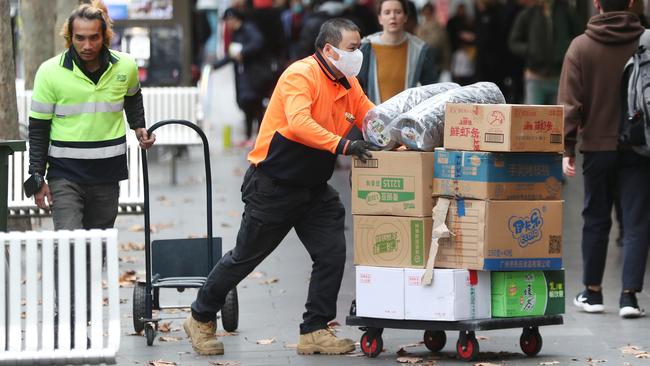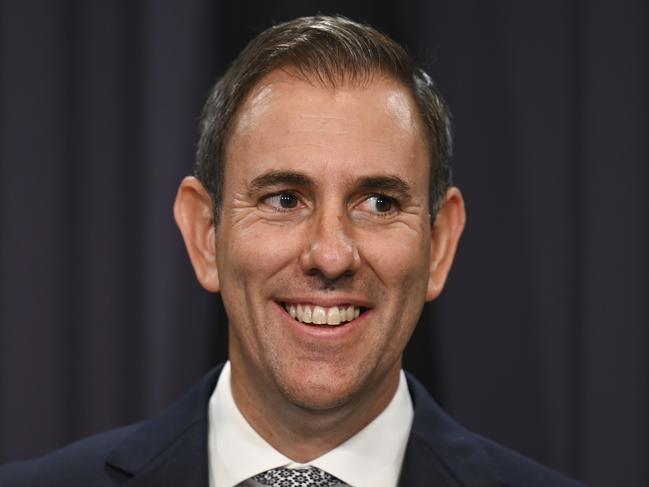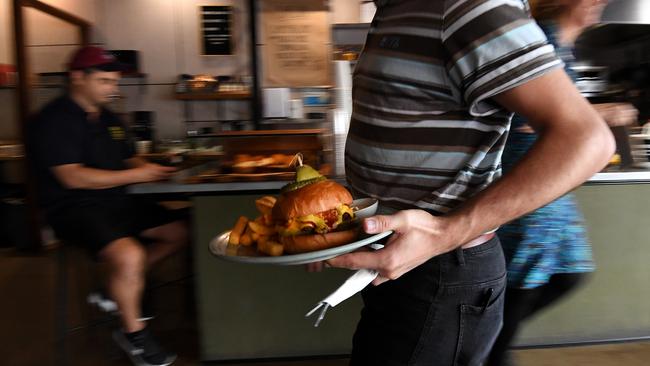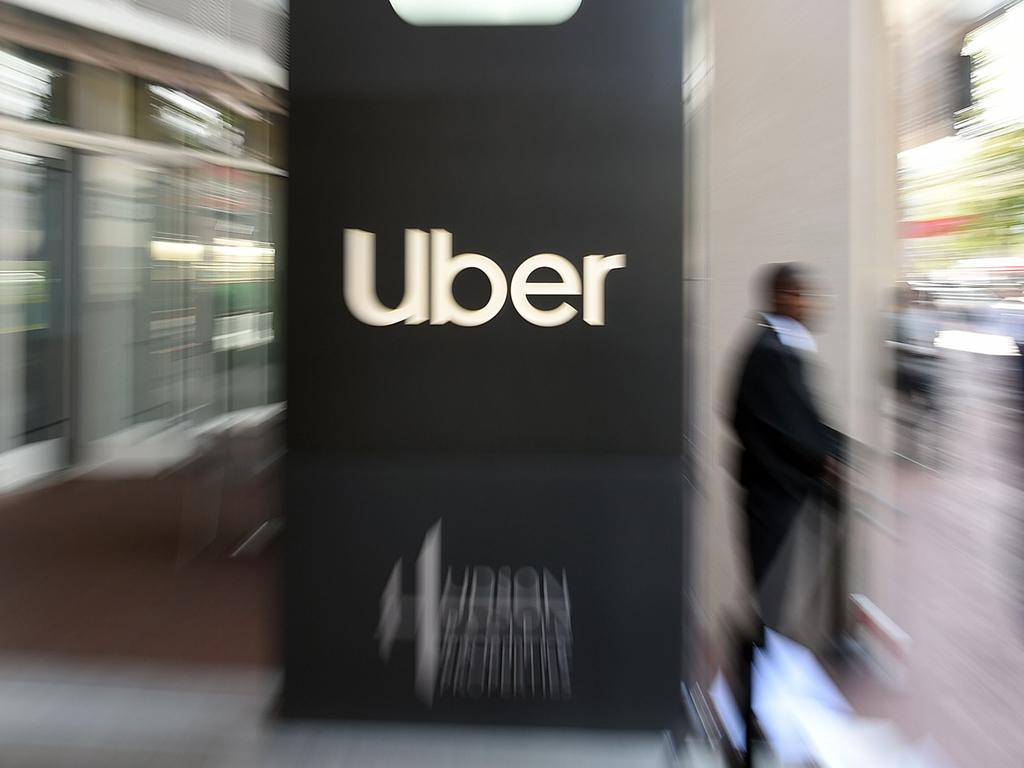Labor says minimum wage rise should match inflation
This year’s minimum wage rise could be less than half of 2023’s historic 8.2 per cent increase, with the Albanese government backing a boost that matches the much lower rate of inflation.

This year’s minimum wage rise could be less than half the historic 8.2 per cent increase delivered in 2023, with the Albanese government recommending to the Fair Work Commission that it deliver a boost that matches a much lower rate of inflation.
With consumer price growth forecast to drop to 3.3 per cent in the year to June, the Albanese government in its submission on Thursday to the Fair Work Commission’s annual wage review will recommend an increase that “ensures the real wages of Australia’s low-paid workers do not go backwards”.
“Inflation is expected to moderate further, improving real wages and easing some of the financial pressure on households,” the submission will say. “However, the current economic environment is challenging, with many households experiencing cost of living pressures.”
This week’s recommendation will follow the precedent set by Labor since coming to government, which helped deliver a minimum wage increase of over 8 per cent in 2023, despite protests from employer groups warning it would drive inflation higher and come at the expense of jobs.
Inflation has since dropped sharply, however, from about 6 per cent in each of the past two financial years, to 3.4 per cent in the year to January. Importantly, the Reserve Bank in February forecast that inflation will drop to 3.3 per cent in the year to June, and to 3.1 per cent by mid-2025.
Jim Chalmers on Sunday said “while we’ve made welcome progress on inflation and seen a return to real wages growth earlier than forecast, many Australians are still under pressure – particularly low-paid workers”.

“We believe one of the best ways to ensure workers can deal with cost-of-living pressures is to ensure they earn enough to provide for their loved ones and to get ahead,” the Treasurer said.
The ACTU is also expected to make its submission to the Commission this week, ahead of a final decision in early June.
The government’s submission will make it clear this tax relief should not come at the expense of high minimum wages.
Labor’s revamped stage three tax cuts will give a worker on $45,000 a year an extra $15.50 a week, or $804 a year.
“These tax cuts will provide meaningful cost-of-living relief in a way that does not add to inflationary pressures and are designed to be in addition to any increase in award and minimum wages granted by the Fair Work Commission in this review,” the submission will say.
The Fair Work Commission last year awarded an 8.65 per cent increase to 184,000 workers on the national minimum wage, the highest since 1982. It also gave a 5.75 per cent rise to the 2.5 million people on awards.

That pushed the national minimum wage to $23.23 per hour, equivalent to $882.80 for a 38-hour working week, or $45,906 a year.
Somebody working full-time on the minimum wage is earning about 55 per cent of a median full-time salary, below the high of 62 per cent recorded in 1997, according to Treasury analysis.
Wages growth accelerated to a 15-year high of 4.2 per cent through 2023, just outpacing inflation of 4.1 per cent and bringing an end to nearly three years of real pay cuts for workers.
The government’s submission, however, will argue that despite recent progress, workers have suffered years of falling real wages, and that many households were still struggling to make ends meet.
“The real value of award wages has been eroded in recent years given the global inflationary environment,” the submission will say.
“Low-paid workers and their families are particularly affected by cost-of-living pressures because they typically do not have savings to draw on to cover rising costs.”






To join the conversation, please log in. Don't have an account? Register
Join the conversation, you are commenting as Logout